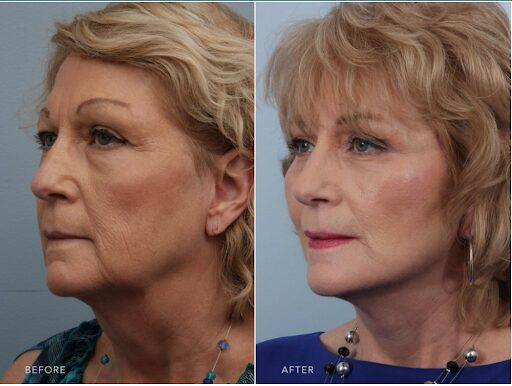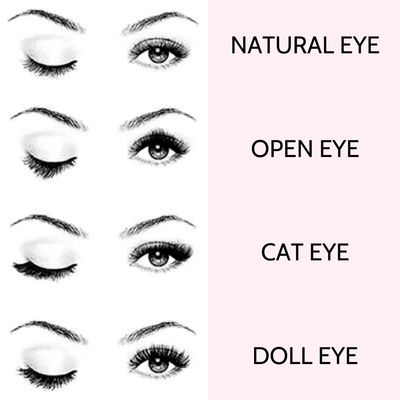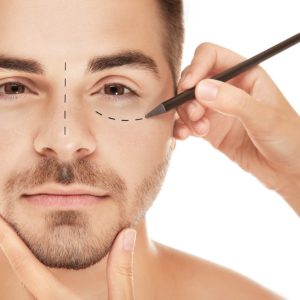
There are many causes for eye asymmetry. It is important to understand the causes and possible treatments. Next, you need to decide on the best surgical option. The asymmetry must be considered in a surgical plan. Eye asymmetry can be treated by reshaping or removing the eyelids.
Periocular asymmetries
Periocular imbalance is caused by changes in the volume, shape or position of facial tissue, especially around and within the eye. It can be caused by changes in eyelid position and size as well as changes of pupil size. This type of asymmetry is most common in unilateral cases and may be caused by reduced tissue volume due to congenital hypoplasia. Common symptoms of ocular diseases include strabismus and third eyelid protrusion.
Assessing facial symmetry and the subjective impression it gives is the first step for assessing periocular dissymmetry during aesthetic or reconstructive procedures. This should be done in the first few minutes of a patient's meeting. It is important to make the first impressions. The eyes are the center of the face. Because the eyes determine a person’s personality and face. As people interact with one another, their initial impressions may change.

Causes
There are many causes of eye asymmetry. It can also affect the structures surrounding the eyeball like the eyebrow, brow bone and eyelids. Trauma and tumors may also lead to it. Although most cases are not serious, there are some that require medical attention such as stroke or infection.
In rare cases, eye asymmetry can be a symptom of a brain disorder. It can also be caused from strokes, or other disorders that affect the nerves of the brain. Another reason is severe migraines. Asymmetry in one or both eyes is a sign of a more serious condition. It is important to see your doctor right away to rule it out.
Treatments
There are different treatments available for eye asymmetry depending on how severe it is and what type of asymmetry it is. For severe asymmetry, surgery is often needed to correct a structural abnormality in the orbit, such as an injury. Cosmetic procedures can be used to correct mild asymmetry. These procedures can improve vision and prevent future problems.
The most common cause of orbital asymmetry is trauma. A wide variety of insults can cause isolated soft tissue injuries, but they're usually not immediately visible. A concussion can also cause hypoglobus and enophthalmos. A stroke can also cause upper eyelid paralysis or enophthalmos.

Prevention
While the causes of eye asymmetry may not be fully understood, there are steps people can take to correct this condition. These steps can be lifestyle changes or medical procedures. The aim is to improve the appearance of your eyes. Although it is not a cure all, the results can be pleasing to the eyes and help improve self-esteem.
Assessing periocular alignment is the first step. Before you perform surgery, make sure to examine the patient for any periocular irregularities. This includes identifying and identifying the causes of the asymmetry as well as the components. Next comes the decision about which corrections are most effective. Preoperative evaluations can easily identify large disparities, but smaller inequalities may not be obvious until after surgery. Soft tissue can also be removed during surgery which could reveal underlying issues.